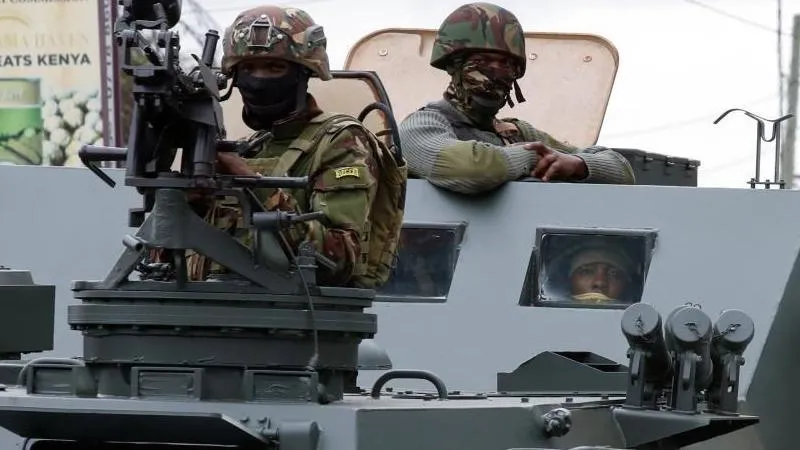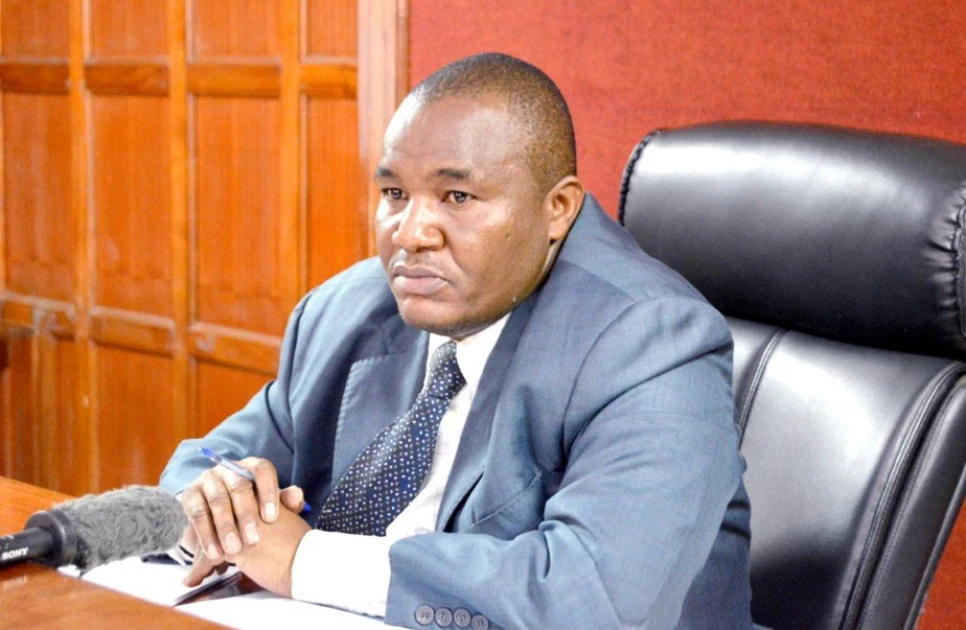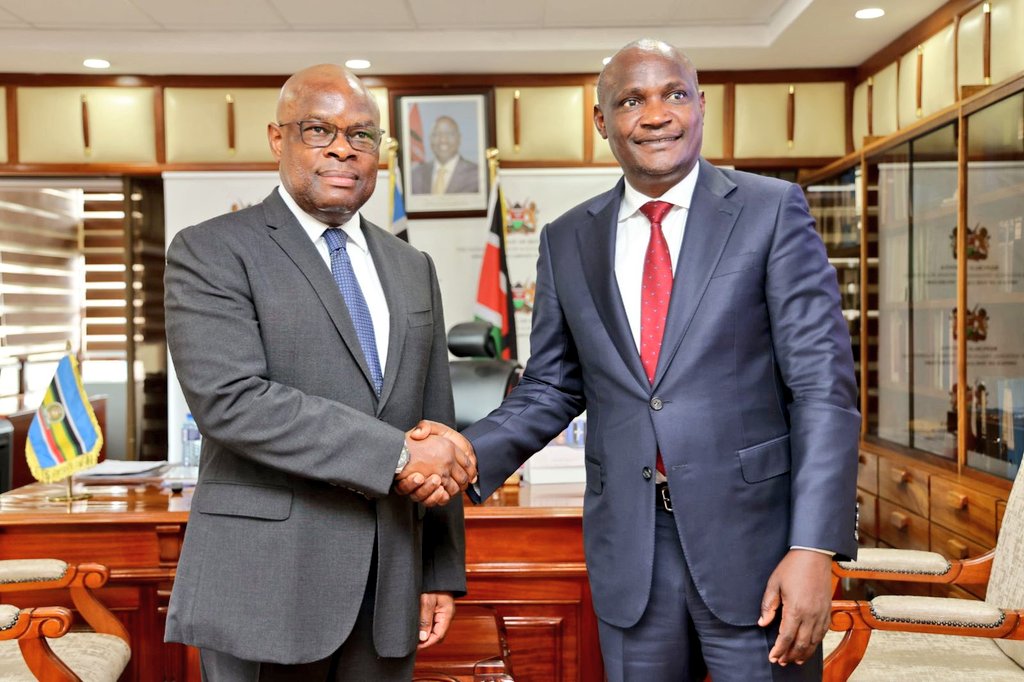By TWV Team
The chaotic scenes during the first anniversary of the Gen-Z protests, marked by looting, mugging, property destruction, and reported loss of life, have sparked renewed debate over the government’s ability to maintain public order during mass demonstrations. Businesses in Nairobi and other towns suffered losses worth millions of shillings, while key infrastructure was set ablaze or vandalized.
In response, some government and security officials are advocating for the Kenya Defence Forces (KDF) to be deployed in future domestic protests to support the National Police Service. This proposal, however, raises constitutional concerns, particularly regarding the legal threshold for military involvement in civilian matters.
The Constitution of Kenya, 2010, explicitly outlines the conditions for KDF deployment within the country’s borders. Under Article 241(3)(b), the Defence Forces may be deployed “in support of the National Police Service in situations of emergency or disaster, or to restore peace in any part of Kenya affected by unrest or instability.” Such deployment calls for the National Assembly’s approval, following a formal request from the Cabinet Secretary for Defence, acting on the advice of the Defence Council.
The process is clearly outlined in the Constitution as follows:
- The Defence Council, established under Article 241(5), assesses the need for deployment.
- The Cabinet Secretary for Defence submits a formal request to Parliament, detailing the justification.
- A motion is tabled, typically by the Majority Leader, for deliberation.
- Upon National Assembly approval, the deployment is gazetted, specifying the area of operation and duration.
Once deployed, KDF personnel assisting police officers are granted equivalent powers and responsibilities, as per enabling legislation and constitutional interpretation.
This framework was invoked on 25 June 2024, when then-Defence Cabinet Secretary Aden Duale gazetted the KDF’s deployment following widespread unrest in Nairobi. The protests, sparked by opposition to the Finance Bill, saw demonstrators storm Parliament and other critical government buildings. In the Gazette Notice, Duale cited Article 241(3)(b):
“The Kenya Defence Forces is deployed on 25 June 2024 in support of the National Police Service in response to the security emergency caused by ongoing violent protests in various parts of the Republic of Kenya, resulting in destruction and breaching of critical infrastructure.”
This deployment followed Parliamentary approval, fulfilling constitutional requirements. However, its legality was challenged by the Law Society of Kenya (LSK) and other civil society organizations, which argued that military involvement in policing protests blurs the line between civil order and martial enforcement, risking violations of constitutional rights to assembly and expression under Article 37.
This is not the first instance of legal scrutiny over KDF’s domestic deployment. In Petition No. 538 of 2012, former Gem MP Jakoyo Midiwo challenged the deployment of military units to Turkana, Samburu, and Garissa Counties following intercommunal violence and terror-related attacks that killed dozens of police officers and civilians. Midiwo argued that the National Security Council’s unilateral action violated Article 241(3)(c), which mandates Parliamentary oversight for internal military deployments. The government countered that the deployment was lawful under Article 241(7), which allows KDF deployment with post-facto Parliamentary approval, provided the Defence Council initiates the process.
On 5 April 2013, Justice D.S. Majanja dismissed Midiwo’s petition, ruling that Parliament’s approval, whether before or after deployment, satisfies constitutional requirements, provided the Defence Council acts within its mandate. This judgment, which remains unappealed, is the leading precedent on this matter.
While the government maintains that KDF involvement is intended solely to “support the police during emergencies,” critics warn that the militarization of public order threatens civil liberties. Article 37 of the Constitution guarantees “the right to assemble, demonstrate, picket, and present petitions to public authorities.” Civil society groups argue that using military force to police demonstrators, even as support, may intimidate citizens and suppress lawful protests. They advocate for investment in police reform, intelligence gathering, and early-warning systems instead of relying on military solutions.
As Kenya prepares for potential future protests, particularly from youth-led movements like Gen-Z, the state faces a delicate balance: protecting lives and property while upholding constitutional freedoms. Whether the proposed plan to more readily involve the KDF gains traction will depend on political will and a national conversation about security, accountability, and the rule of law. For now, the Constitution is clear: the military is a force of last resort, requiring Parliament’s explicit approval.





